A camping knife is an indispensable tool that deserves utmost attention when it comes to its sharpness. Over time, the blade of your knife can lose its edge, potentially compromising its efficiency and safety.
In this comprehensive guide, we will take you through the step-by-step process of testing and assessing the sharpness of your camping knife.
By following these easy-to-understand instructions, you’ll be equipped with the knowledge and techniques to ensure that your camping knife remains razor-sharp throughout your outdoor adventures.
Table of Contents
The Importance of a Sharp Camping Knife
A sharp camping knife is a critical asset that enhances your outdoor experience in several ways. Not only does it improve your ability to perform tasks accurately and efficiently, but it also reduces the risk of accidents. A dull knife can lead to erratic and imprecise cuts, making it more likely to slip or cause unintended injuries. By maintaining a sharp blade, you not only increase your safety but also open doors to a wide range of camping activities, including food preparation, woodworking, and various survival tasks. Now, let us delve into the step-by-step process of testing and assessing the sharpness of your camping knife.
Visual Inspection
Before diving into actual tests, it is essential to visually inspect your camping knife. Carefully examine the blade for any visible signs of wear, chips, or dents.
These issues may require professional sharpening or, in severe cases, blade replacement. By addressing these problems promptly, you ensure that you are starting with a clean slate before proceeding with the testing process.
The Paper Test
The paper test is a straightforward and effective way to gauge the sharpness of your camping knife. To perform this test:
- Take a sheet of paper and hold it at a slight angle.
- Starting at the top of the paper, make a gentle downward cut.
- A sharp knife will effortlessly slice through the paper, leaving a clean, smooth cut.
- If the blade struggles to cut or tears the paper, it’s a clear indication that it requires sharpening.
The paper test allows you to quickly determine whether your camping knife is suitable for various cutting tasks. A sharp knife should glide through the paper with ease, exhibiting a clean cut without any jagged edges or tearing. If you notice any inconsistencies during the paper test, it’s time to sharpen your blade.
The Thumbnail Test
In addition to the paper test, the thumbnail test provides a simple way to evaluate the sharpness of your camping knife. To conduct this test:
- Hold your knife with the blade facing up.
- Carefully run the blade across your thumbnail at a 90-degree angle, applying gentle pressure.
- A sharp knife should easily catch and bite into the nail, leaving a slight indentation.
- If the blade slides over your thumbnail without gripping or biting, sharpening is needed.
The thumbnail test allows you to assess the fine cutting ability of your camping knife.
A sharp blade should be able to penetrate the surface of your thumbnail with minimal effort, indicating a high level of sharpness and precision.
The Tomato Test
While testing on paper and thumbnail can give you a general idea of your camping knife’s sharpness, the ultimate test lies in its performance with more delicate materials, such as tomatoes. You will need a ripe tomato to conduct this test effectively. Follow the steps below:
- Hold the tomato firmly in one hand, ensuring stability during the test.
- Using a controlled, slicing motion, bring the blade of your camping knife down onto the tomato’s skin.
- Observe how the knife interacts with the tomato:
- A sharp knife will glide effortlessly through the tomato, slicing it with surgical precision while maintaining the fruit’s shape and preserving its flesh.
- If the blade squishes or crushes the tomato rather than making a clean cut, it’s an indication that your knife requires sharpening.
The tomato test showcases the real-world performance of your camping knife.
By cutting through a soft and delicate material like a tomato, you can evaluate how well the blade retains its sharpness, precision, and ability to perform intricate tasks.
Efficacy in Precision Tasks
To complete your knife’s sharpness assessment, you must put it to use in precision tasks such as peeling fruits, cutting small vegetables, or carving intricate patterns.
By engaging in these activities, you can accurately evaluate your camping knife’s sharpness and its ability to perform detailed tasks efficiently. Pay close attention to the following:
- Precision: A sharp knife will make precision tasks feel effortless, allowing for greater control when maneuvering the blade.
- Smoothness: A knife in peak sharpness will glide through the material smoothly without requiring excessive force or causing unnecessary damage.
- Accuracy: Assess whether the knife achieves clean and precise cuts, maintaining the integrity of the material being worked on.
By putting your camping knife through precision tasks, you can gain valuable insights into its current sharpness level and pinpoint areas that may require sharpening.
Maintaining a sharp camping knife is essential for optimizing your outdoor experience and ensuring your safety.
By testing and assessing the sharpness of your knife using the methods outlined in this guide, you can confidently determine when it’s time to sharpen your blade.
Regular maintenance and sharpening of your camping knife will not only enhance its performance but also guarantee a safer and more enjoyable camping journey. Remember, a sharp camping knife is a versatile and reliable tool that can assist you in various tasks while minimizing the risk of accidents.
Master the art of sharpening your camping knife, and elevate your outdoor adventures to new heights.
Md Ismail Hossen
- is a Professional & Trusted Outdoor Authority, provides a valuable insights & tips on Products.



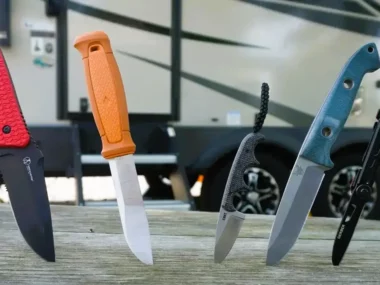

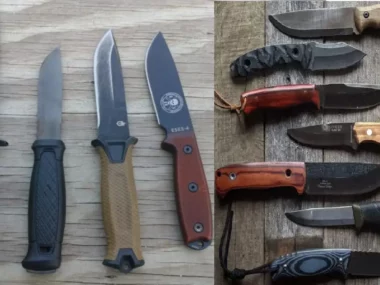

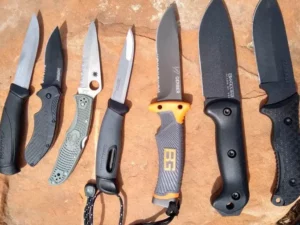
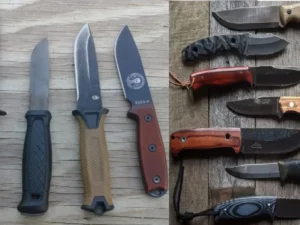
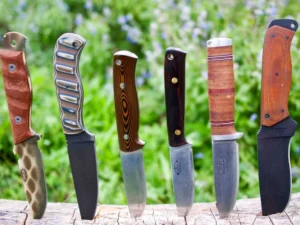
2 comments
This post is very informative.
Thanks to Writer.
I succeed following this valuable tips for testing best camping knives as my required.
Thanks.